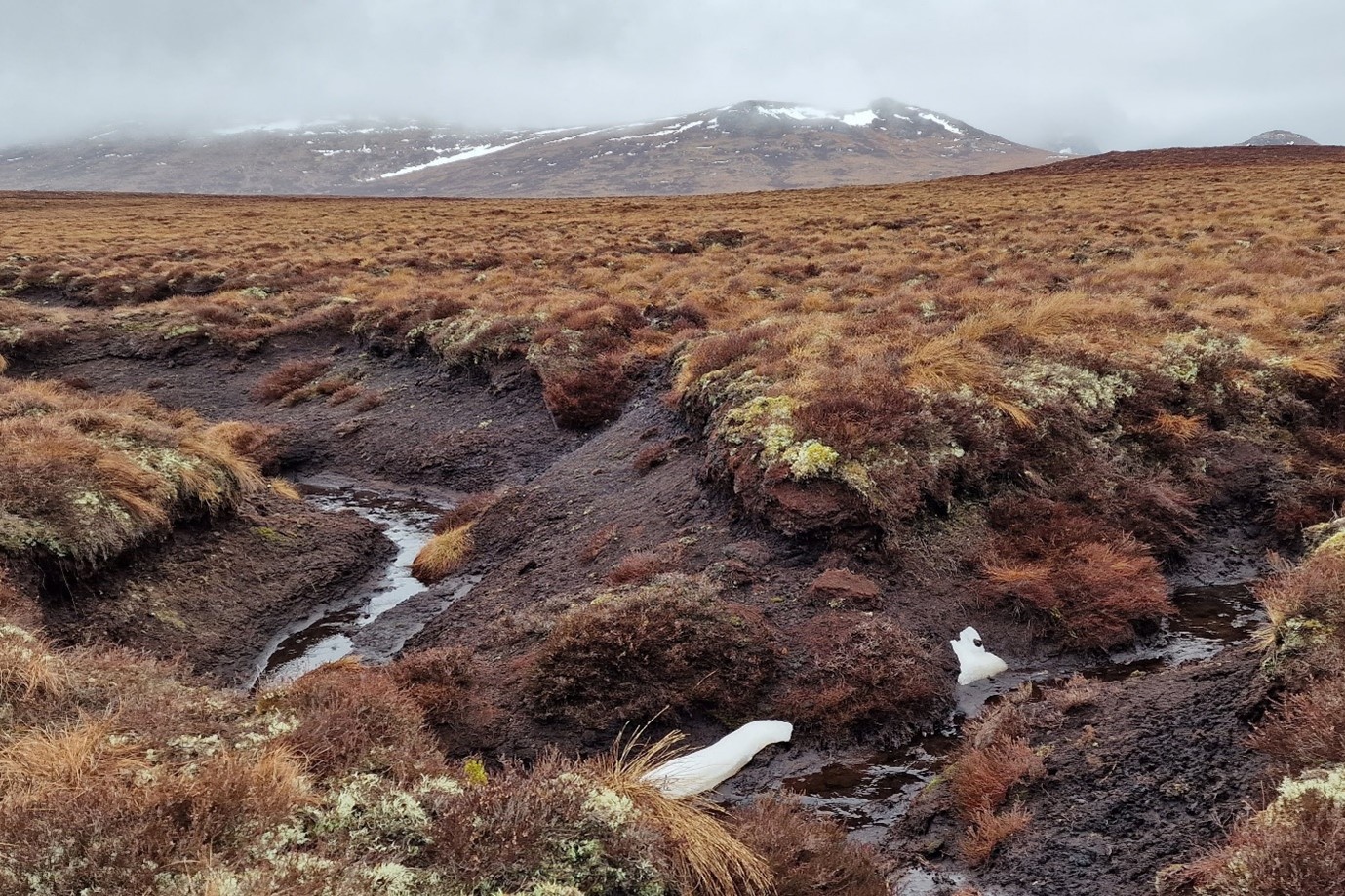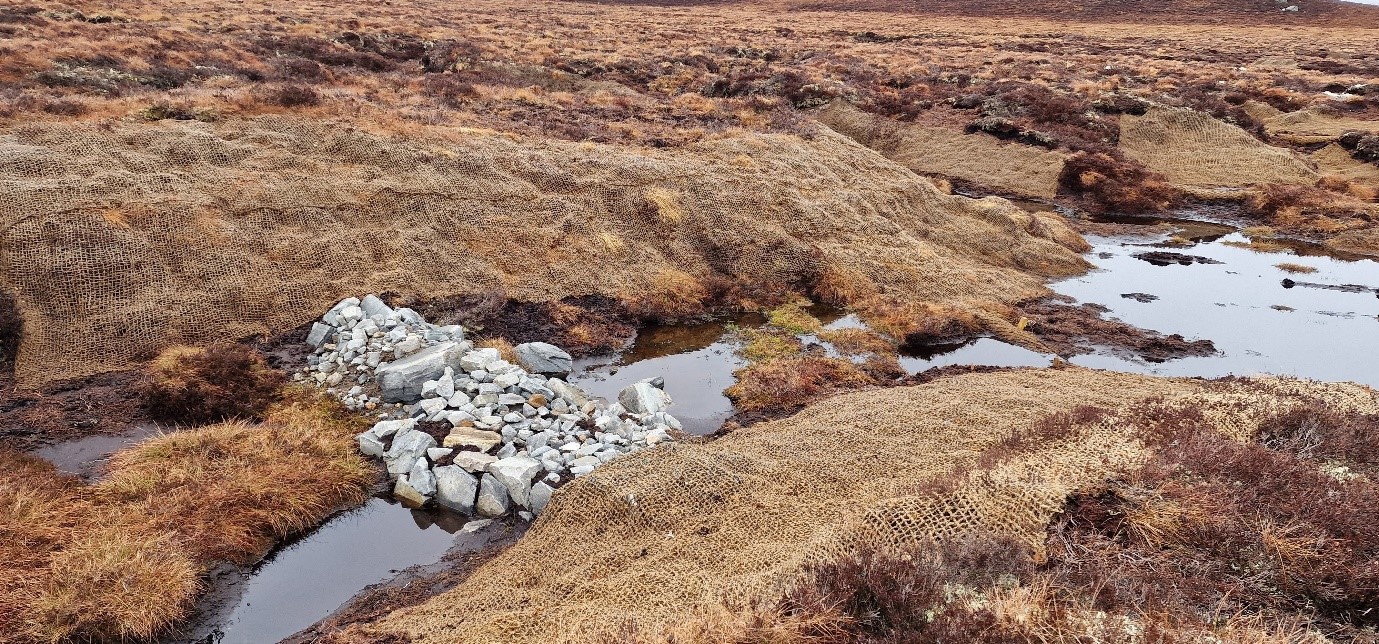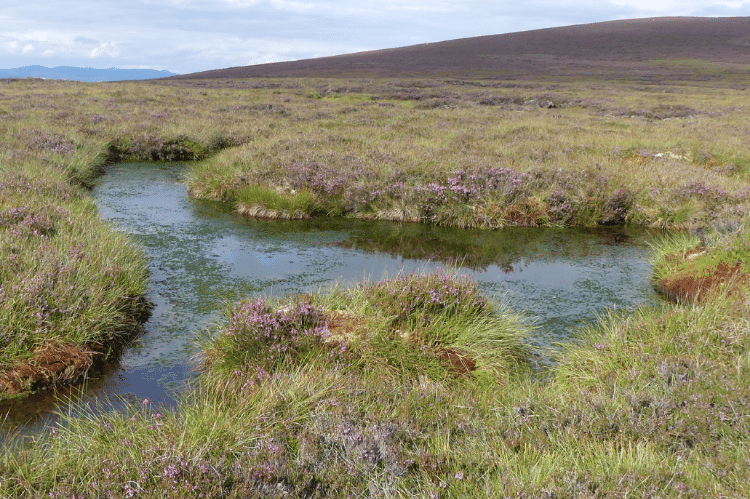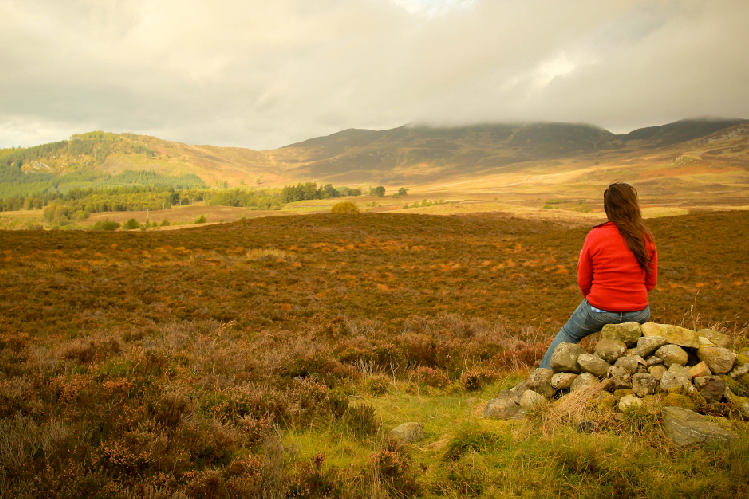Protecting Scotland's Peatlands
A Critical Source Of Carbon Capture
More than 20% of our land in Scotland is covered by peat and according to NatureScot, they hold the equivalent of 140 years’ worth of Scotland’s total annual greenhouse gas emissions. Peatlands have been capturing and storing carbon for thousands of years, however, when degraded these peatlands actively emit carbon. Peatland restoration provides a crucial vehicle to help Scotland tackle climate change and provides a low hanging fruit enabling farmers to offset greenhouse gas emissions.
Key Benefits Of Peatland Restoration
Peatland restoration is becoming increasingly high profile, with Scottish Government proposing £250 million over 10 years to help meet climate targets and help Scotland work towards its ambition of zero net carbon by 2045. In addition to storing carbon, healthy peatlands also:
- support biodiversity
- help purify water
- regulate water flows and prevent downstream flooding

Read our guide on the benefits of restoring degraded peatland, including sequestering carbon, improving biodiversity and water quality. Read more >>
How To Get Started

How do you know your peatland is degraded? What are the first steps you take in restoration? Read this guide on the practicalities around restoring peatland, from identifying signs of degraded peatland, to different methods of restoration. Read more >>

Our Practical Guide provides all the core information you need to start thinking about your peatland, from types of peatland, restoration methods, and an overview of carbon credits. Read more >>

Peatland restoration is an expensive process, often costing hundreds of thousands of pounds. However there is financial support available. Read this guide on what support is available through public funding and carbon finance. Read more >>
Further Resources
Beyond that, we would also recommend NatureScot’s Peatland ACTION resource: Peatland ACTION | NatureScot
And the IUCN’s Peatland programme: Peatland Code | IUCN UK Peatland Programme (iucn-uk-peatlandprogramme.org)
Sign up to the FAS newsletter
Receive updates on news, events and publications from Scotland’s Farm Advisory Service
